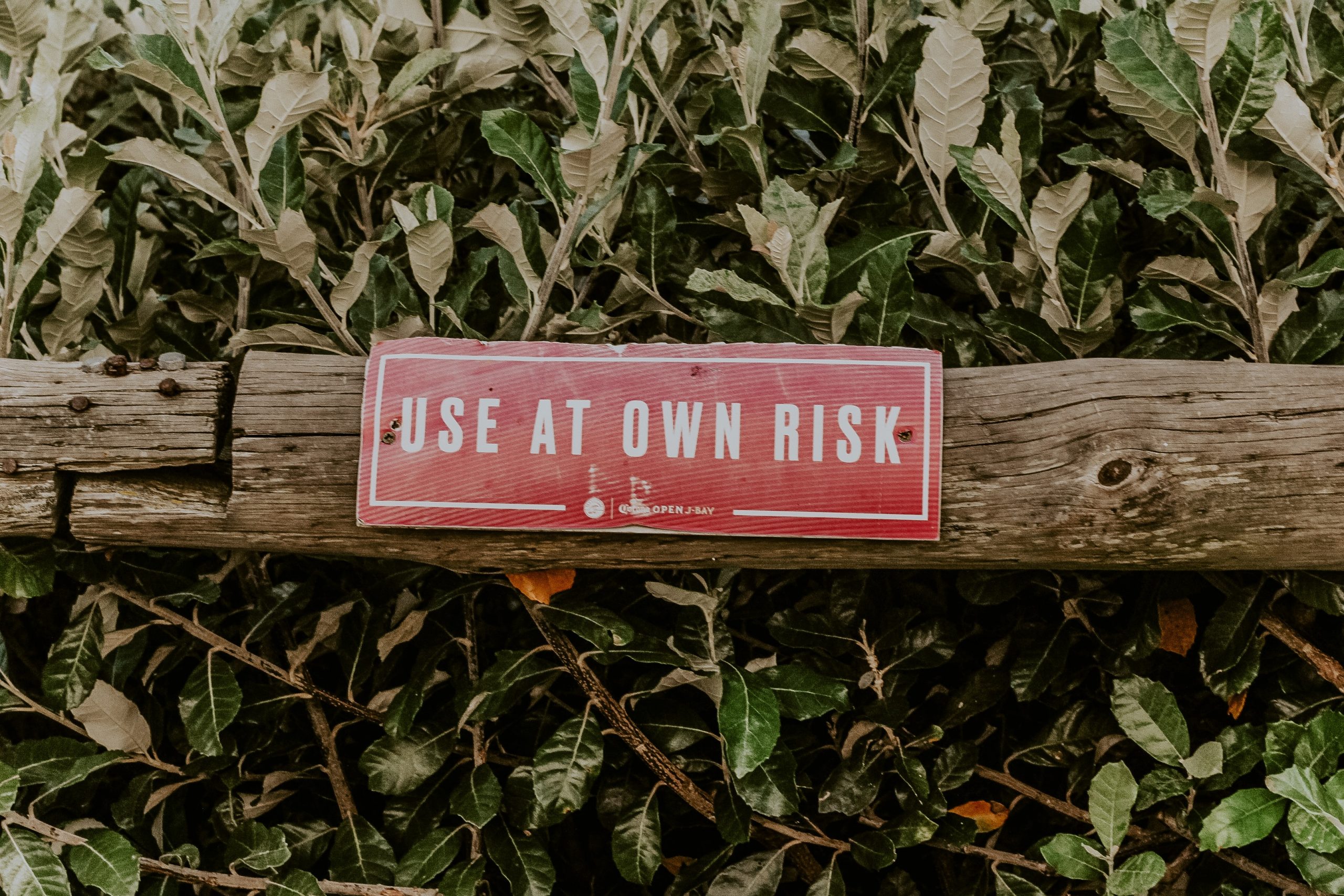
Having a business is a risky venture. You need to make business decisions, anticipate new trends and business opportunities, improve your workflow and make sure your customers are happy with your tree service business. Every business owner will do everything in their power to make sure they remain on top of everything and keep their company secure and thriving, but there are many things outside of their control that can affect that.
The truth is that risk is a part of owning a business and threats can’t always be prevented, but you can mitigate them through risk management. Knowing what you are facing and implementing a proper strategy such as SEON’s KYC services will help you manage the risks that might damage your business.
1. Identify the risks
Every company faces risks, from start-ups or small businesses to big, established companies. The sooner they accept it, the sooner they can start managing them. By conducting a risk analysis, you will be able to identify the risks your company might face, such as security vulnerabilities in software, cybersecurity threats, or even problems with your onboarding process.
Most of the risks small businesses face can be divided into five main categories:
- Financial Risk
- Operational Risks
- Strategic Risks
- Reputational Risks
- Compliance Risk
Identifying the most common risks will help you devise the strategy for dealing with them.
2. Measure the risks
After you identify the risks, the next step you need to take is to measure them. Not all of them are as probable as the others and it is up to you to determine which ones are more likely to affect your company.
It would be a waste of company resources to concentrate the same amount of effort into dealing with all the risks. To properly determine the seriousness of the risks, you need to identify the likelihood of the risk occurring and what would be the consequence to your business if the risk ever happens.
3. Create a plan
We are constantly conducting risk analysis in our daily lives. Our brain is constantly conducting risk assessments, from calculating the time we need to leave the house to get somewhere on time or removing all the dangers your toddler can find in a room before you let them play. Why would your business be any different? After you have identified and measured the risks, you will need to start planning defense.
4. Prevent and reduce the risk
Now it is time to put the plan in action and prevent the risks affecting your business.
This can be anything from:
- Implementing proper security tools
- Training your staff
- Changing your business processes
- Creating a data backup
- Updating your equipment and computer programming
- Practicing emergency procedures
- Updating your record-keeping practices
- Implementing new security policies
All of these steps depend on the risks you need to protect your business from, as they will differ from company to company.
5. Repeat, repeat and repeat
The final step of the risk management process never stops. As time passes, the risks will adapt, or some new ones will arise, so these steps need to be conducted regularly to ensure you are always prepared.
Similar Posts:
- What Happens If I Delete Facebook Business Manager?
- What are the Most Effective Ways to Test Web Security?
- How To Implement An Effective Age Filter On Your Website
- Unveiling the Power of Time Tracker: Diverse Methods of Employee Time Tracking
- How To Change Facebook Business Page Name?
- How Do You Deactivate A Business Account?
- The Ultimate Guide to Increasing Your Agency’s Profit Margins: Tips and Tricks
- How Do I Delete My Google Business Account?
- All In or Fold: How to Know When to Take Risks in Poker Online
- How Can I Delete My Personal Facebook But Keep My Business Page?
